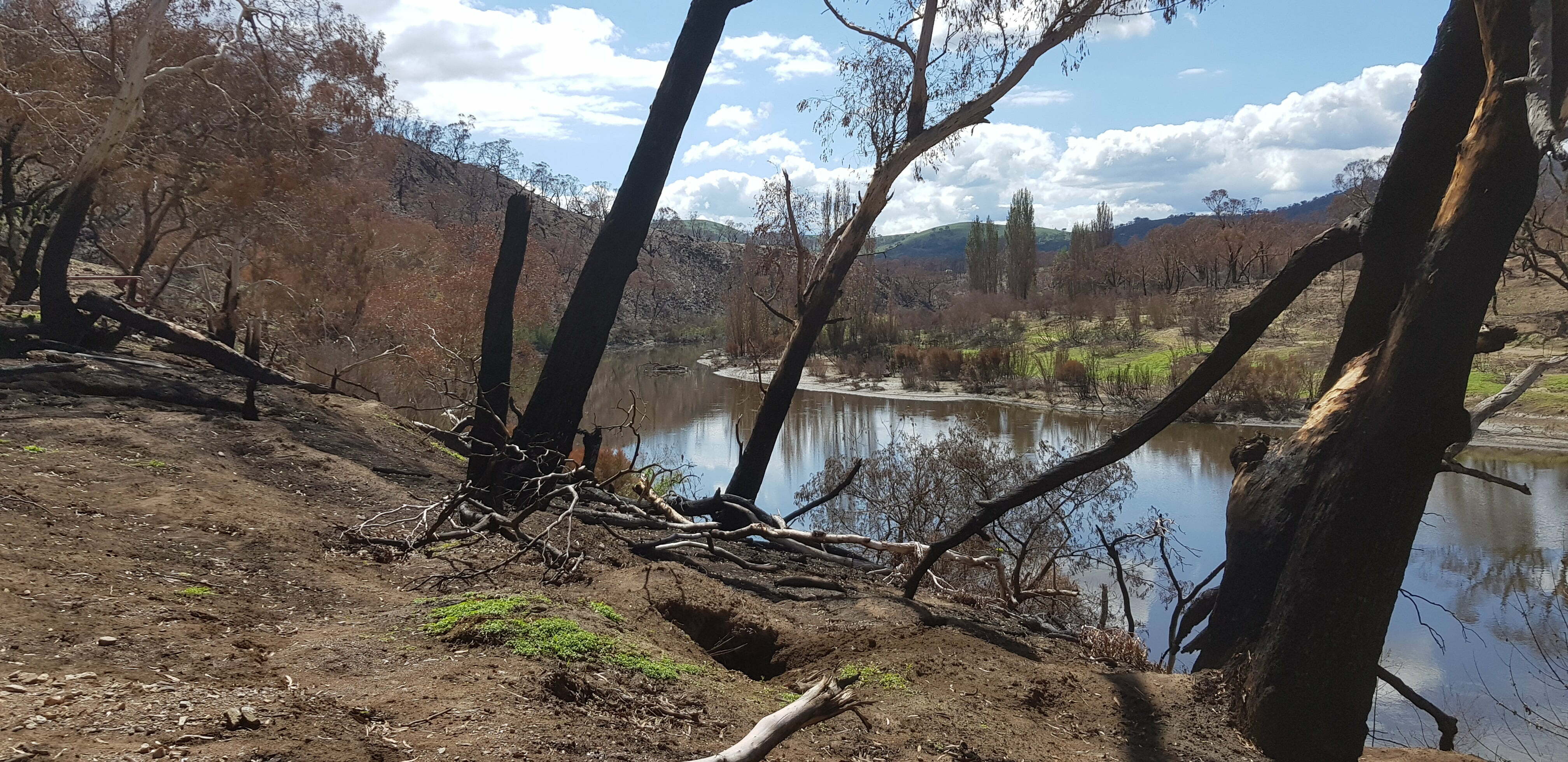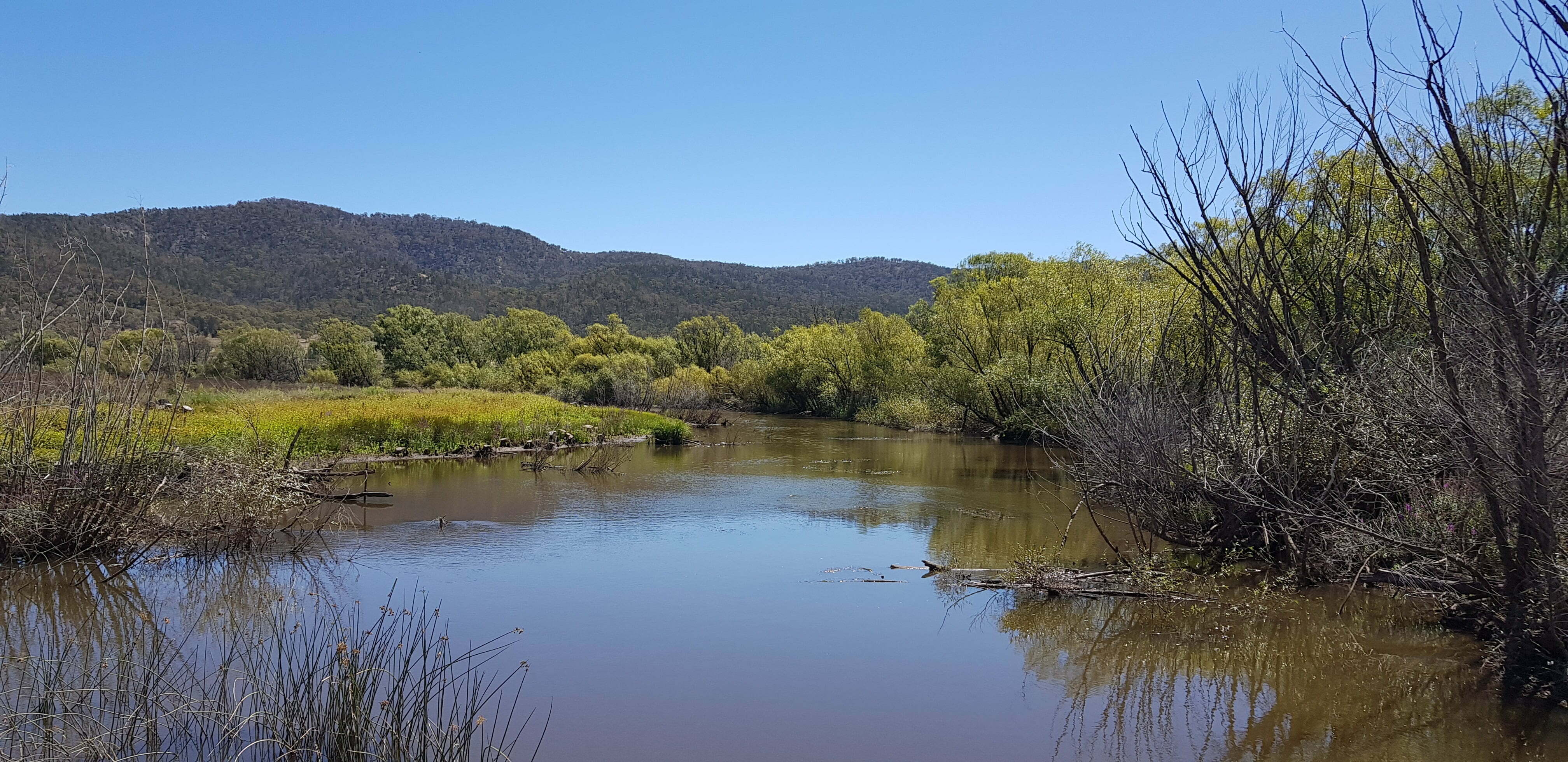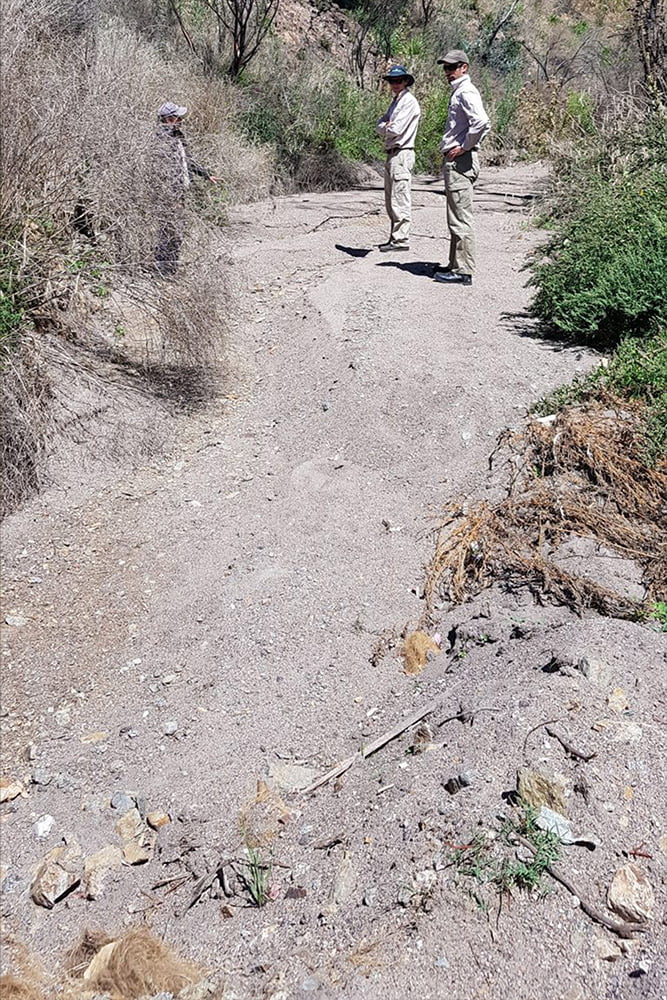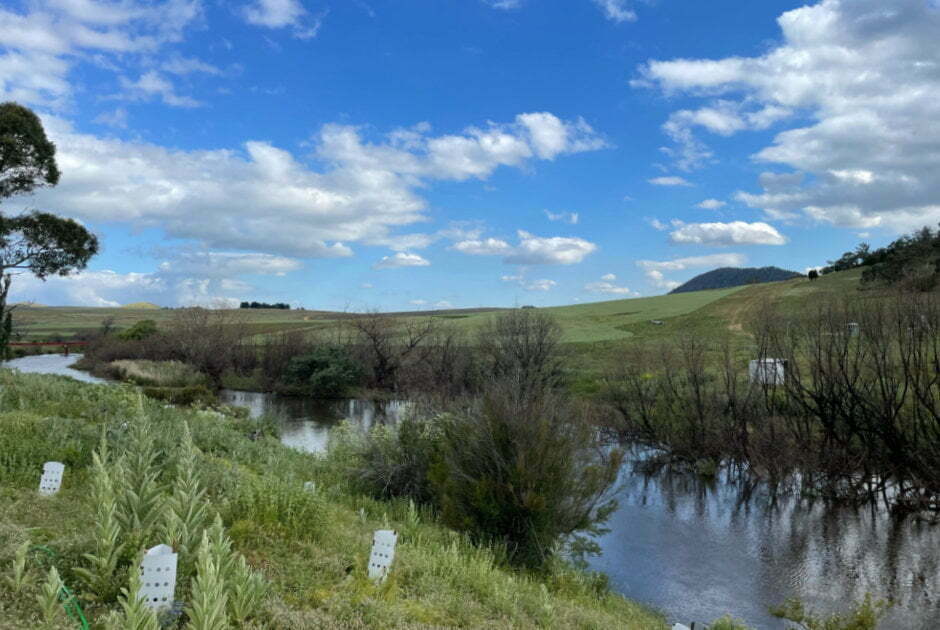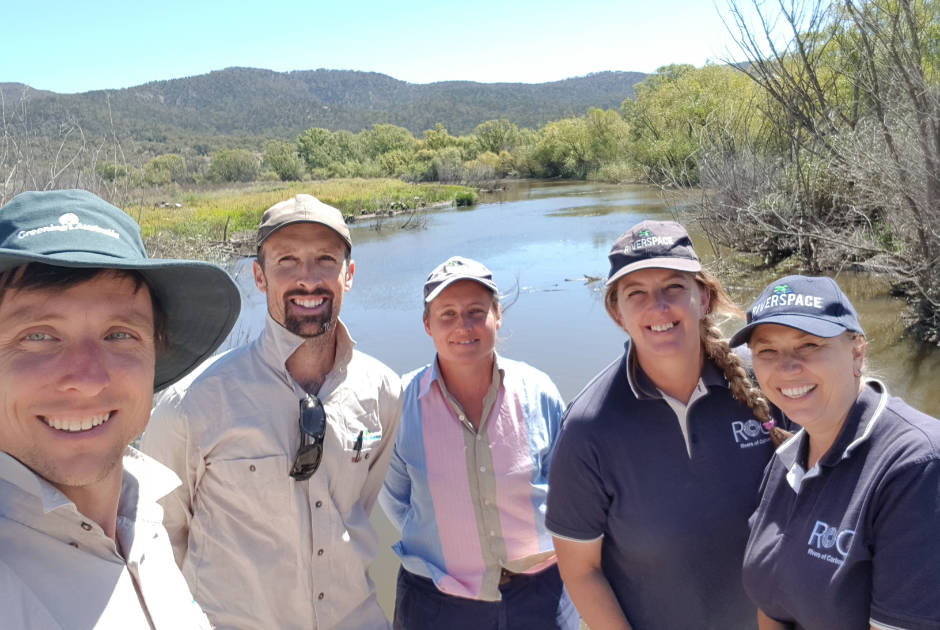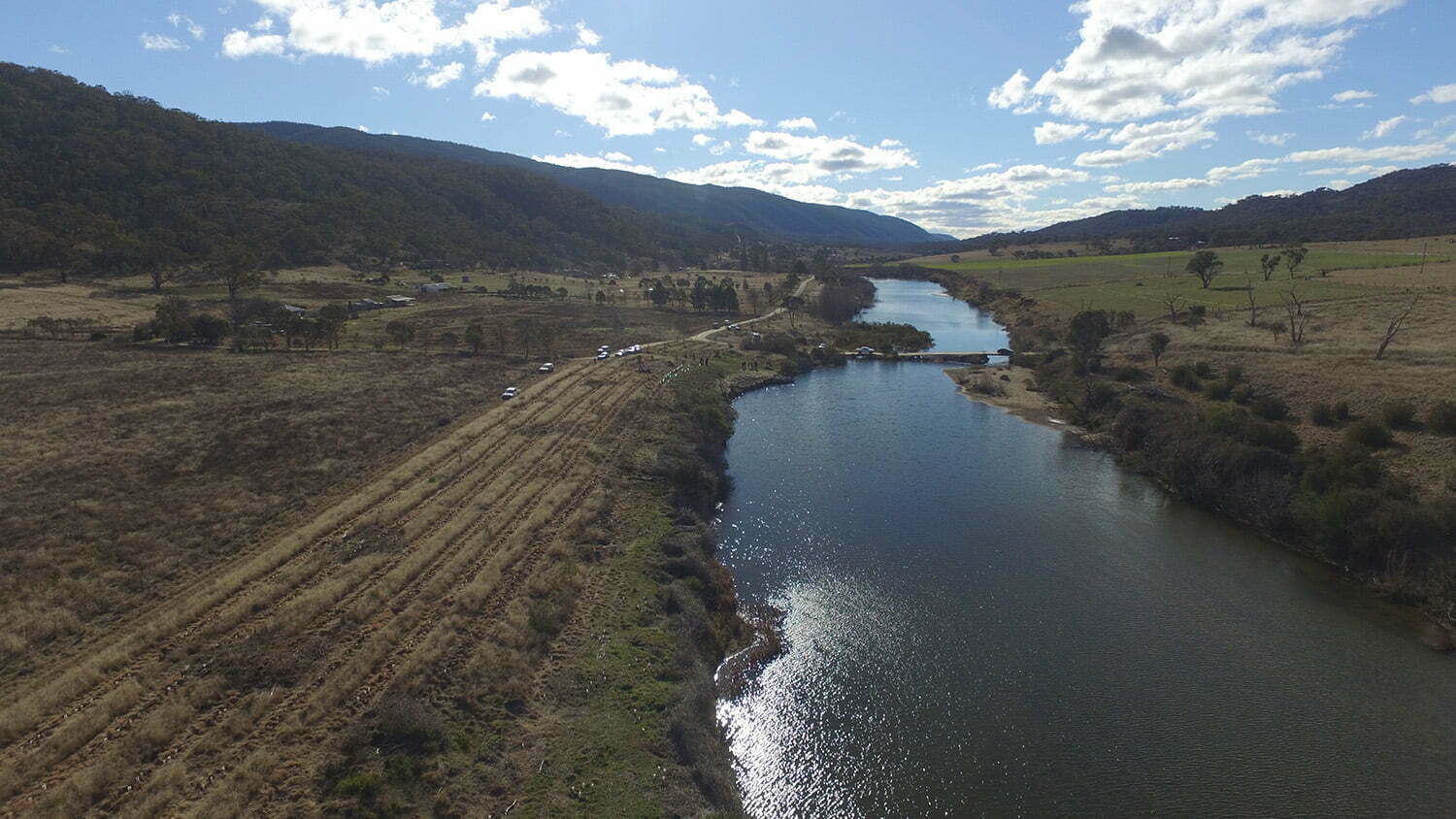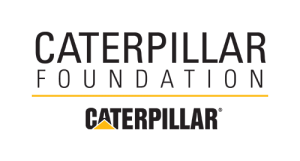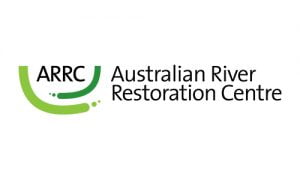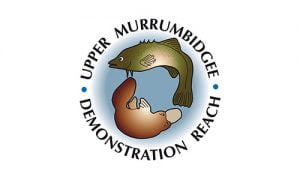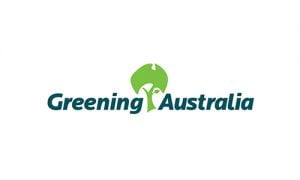Our work in this project will focus on three key activities – erosion control, sediment control through willow removal and revegetation, and the provision of fish habitat.
Emergency erosion control structures
Some of the work to be undertaken will be in reaches of the river directly impacted by the fire and the massive erosion event that followed. It is here that the majority of the costs in the project will be allocated against the following works
The fire, which impacted the steep and rugged upper Murrumbidgee River corridor just north of Bredbo in February 2020, was so intense that only bare soil remained. During such events the chemical nature of the soil is altered so that it becomes water repellent, with the lack of vegetation reducing the infiltration capacity of the soil even further. The rain event which extinguished the fire resulted in a mass erosion event which mobilised ash and sediment, and was assisted by the steepness of the terrain. New erosion scours, the remobilisation of existing headcuts, and the dumping of massive amounts of gross sediment (sand and ash) in the base of tributary gullies to the river, now pose an ongoing threat to water quality (due to fine sediments and ash) and fish habitat (smothering refuge holes and breeding sites by sand slugs).
Restoring our Rivers – ‘After the Fire’ will address water quality decline by remediating three sites on two properties- a severely scoured gully floor eroding through an alluvial terrace, and a sediment control structure to hold back sediment further up on the same tributary gully and which is at risk of being washed into the river. We will also treat an erosion headcut on a tributary gully on another property. These works are a priority, as the catchment still struggles to recover ground cover and there is a high risk of further erosion during a heavy rain event. Small rain events are showing us that the sand which is currently deposited in the tributary gullies is already being remobilised.
These works will protect priority fish habitat in the upper Murrumbidgee, including two natural populations of threatened native fish – namely Macquarie perch and Murray cod. The work will also prevent further sediment entering the river which is one of the source catchments of Canberra’s drinking water supply.

